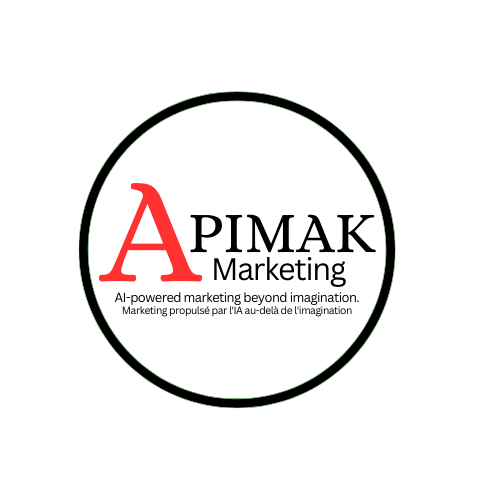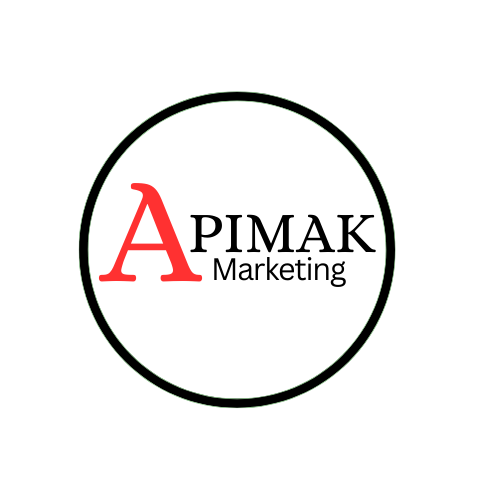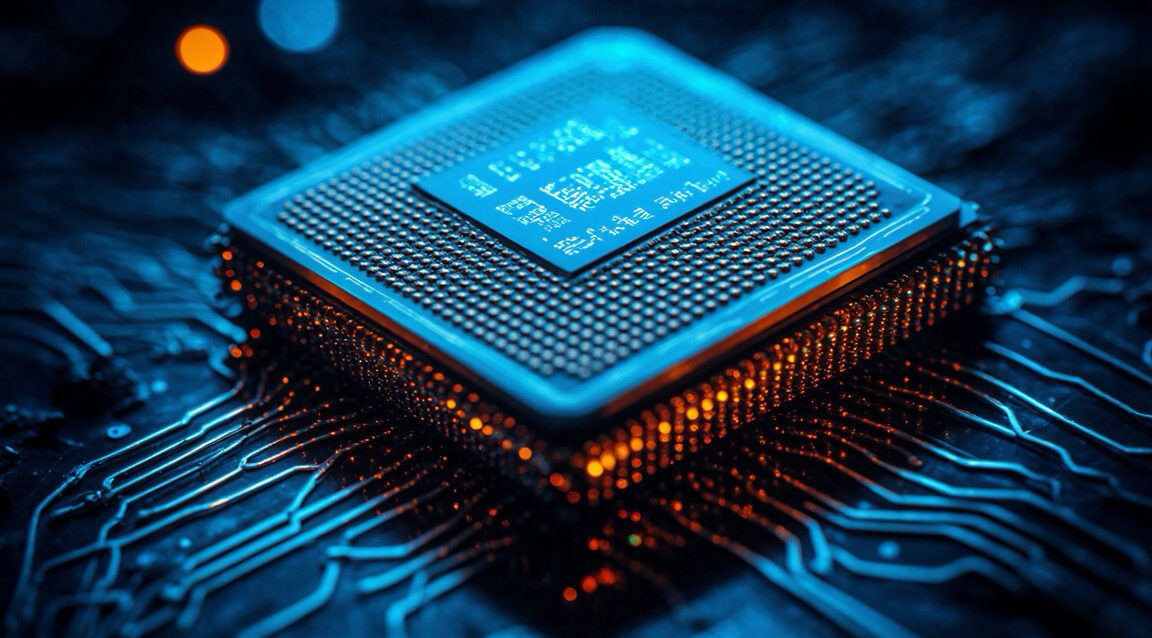Hello everyone! Today, let’s dive into the fascinating world of quantum technology. Don’t worry; I’ll break it down in a simple and engaging way. Let’s get started!
What Exactly Is Quantum Technology?
Imagine your current computer as a book where each page is either open or closed, representing classical bits (0 or 1). Now, envision a magical book where each page can be both open and closed simultaneously. That’s the magic of qubits in quantum computing! Qubits can exist in multiple states at once, thanks to a phenomenon called superposition. This allows quantum computers to process numerous possibilities in parallel, making certain calculations much faster than traditional computers.
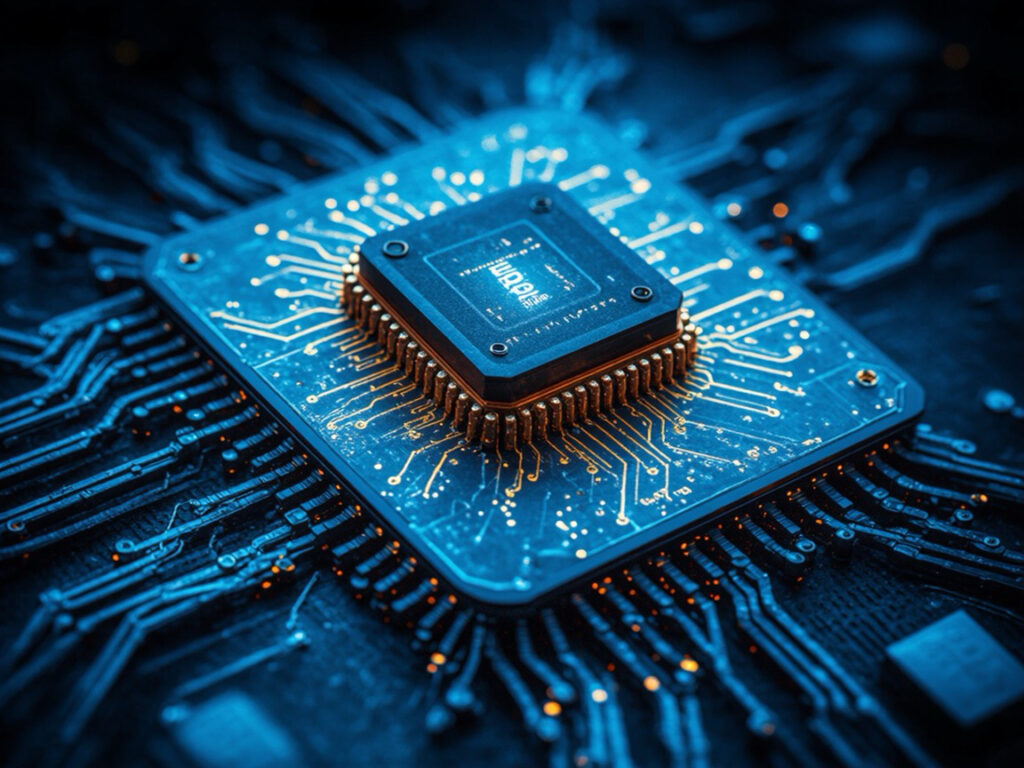
Comparison with Current Processors
Classical processors, like those in our computers and smartphones, process information sequentially, one bit at a time. Even the most powerful ones, such as multi-core processors, follow this binary logic. In contrast, quantum processors use qubits that, through superposition, can perform multiple calculations simultaneously. For instance, in 2019, Google announced that its quantum processor “Sycamore” completed in 200 seconds a calculation that would have taken approximately 10,000 years for a classical supercomputer. This milestone is known as “quantum supremacy.”
How Does It All Work?
Beyond superposition, quantum computers leverage another phenomenon called entanglement. It’s as if two qubits are telepathic twins: changing the state of one instantly affects the state of the other, regardless of the distance between them. This entanglement enables ultra-fast and efficient information processing. However, these systems are highly sensitive to their environment. The slightest disturbance can cause them to “lose coherence,” a phenomenon known as decoherence. That’s why quantum computers require ultra-stable conditions, often near absolute zero, to function correctly.
And What About Tomorrow?
The good news is that quantum technology is advancing rapidly. In the near future, it’s conceivable that our personal computers will be equipped with quantum processors. Imagine ultra-powerful devices capable of performing complex calculations in the blink of an eye. These computers could be miniaturized to the point of fitting in your pocket or even integrated into our clothing or accessories. With holographic screens or augmented reality interfaces, our interactions with technology would be completely transformed. Physical keyboards and even mobile phones as we know them might become obsolete, replaced by portable and intuitive devices.
The New Screens and Interfaces
Let’s talk a bit about the screens of the future. Say goodbye to flat and rigid displays! Welcome to flexible, rollable screens, and even 3D holographic projections. Imagine checking your messages or watching a video on a screen that appears like magic before you, without any visible physical device. Augmented and virtual reality will take a prominent place, making our digital interactions more immersive and natural.
Global Connection with Satellites
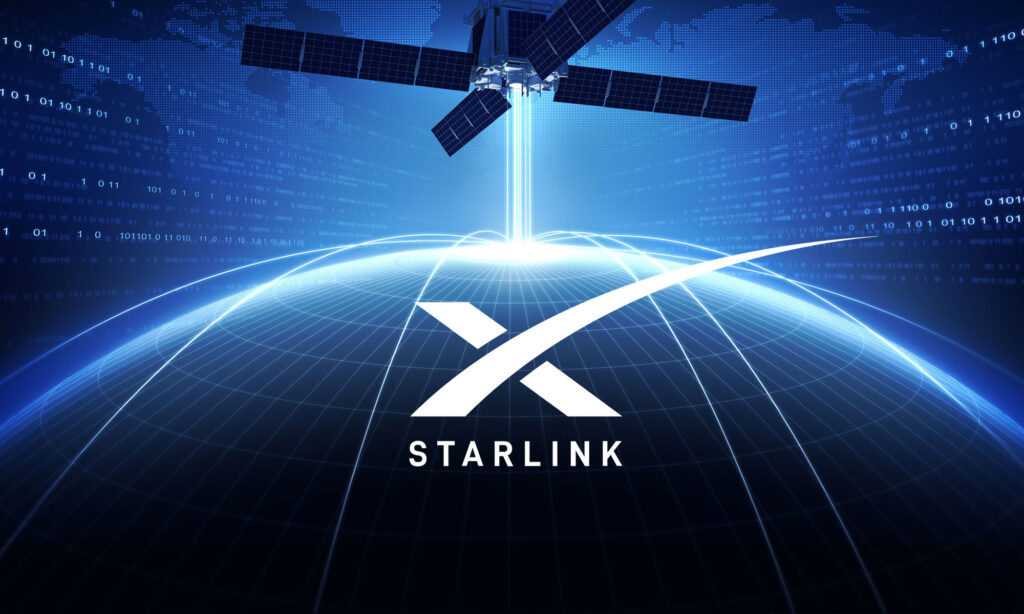
To top it all off, these devices will be constantly connected to the internet via networks of low Earth orbit satellites, like those deployed by SpaceX with the Starlink project. This means ultra-fast and stable connections, no matter where you are on the planet. Geographical barriers to information access will thus be eliminated, paving the way for true global connectivity.
Conclusion
Quantum technology is on the verge of revolutionizing our daily lives. Ultra-powerful and miniaturized computers, futuristic interfaces, global connectivity… The future looks exciting! At Apimak, we are eager to see how these innovations will transform our lives and are committed to being at the forefront of this technological revolution.
Stay tuned to not miss any upcoming advancements!
